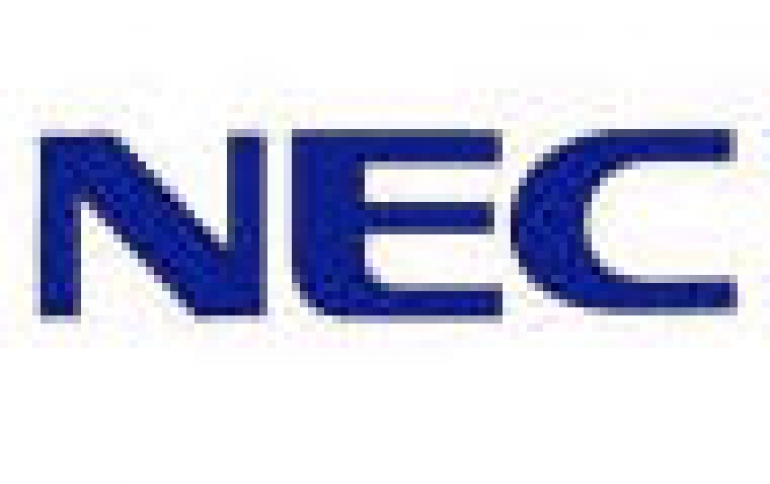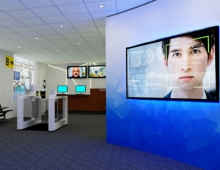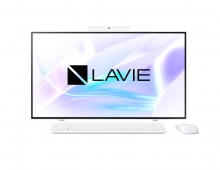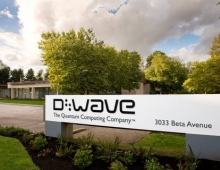
NEC develops Millimeter-Wave transceiver for HDTV Signal
NEC Corporation today announced the successful development of a highly compact 60-GHz-band wireless transceiver that transmits uncompressed high-definition television signals realizing HDTV sets and displays without cable connections.
The features of the wireless video transmission equipment are as follows:
(1) The transceiver is adapted to input/output high-quality component video signals. Both uncompressed HDTV signals and stereo audio signals are transformed into a 1-Gbps ("gigabit per second") digital-data stream, and then converted to 60-GHz-band to allow wireless transmission by using ASK modulation.)
(2) Due to a downsized wireless module and a simplified power supply circuit, a transceiver as small in size as a business card is realized. Its dimensions are 70 mm X 50 mm X 15 mm (52 cc.) High-frequency components, such as monolithic IC's, filters and oscillators, are all built into a ceramic module using flip-chip bonding which enables easy assembling with less tuning, as well as a reduction in size.
(3) A path diversity scheme is introduced in the equipment in order to reduce the chance of link-disconnection problems associated with indoor use. A dual receiver configuration enabling two transmission paths ensures continuous transmission as automatic switching from one path to another occurs when an obstacle disturbs the link.
Along with an increase in the prevalence of HDTV broadcasting service in recent years the popularity of wide, flat panel displays, such as plasma and liquid crystals displays has also been increasing. The installation of these displays requires the use of many cables for video and audio signal connection. This has evoked a strong market demand for a wireless scheme for wall-mounted displays, as well as mobile ones, from the point of view of convenience and appearance. To date wireless HDTV signal transmission based on wireless LAN at 2.4 and 5 GHz or UWB has been developed. However, these approaches warrant special care to prevent interference from other wireless equipment using the same frequency band. They also require complicated data compression techniques with various standards depending on the application.
On the other hand, a 60-GHz band is well suited for high-speed wireless transmission with a bit-rate of more than 1 Gbps as it has an extremely wide bandwidth of 2.5 GHz, achieves less significant interference at high frequencies, and requires no license if technical regulations are fulfilled. This enables uncompressed HDTV signal transmission, resulting in a simplified system configuration without data-compressing circuits, no degradation of video quality even for very quick motion, and real time transmission without time lag. Through its research NEC has succeeded in the development of compact 60-GHz transceivers, which realize much sought after wireless HDTV sets.
The newly developed transceivers offer increased opportunities for broadband wireless video transmission throughout the home, office, and in commercial venues etc. Furthermore, this technology does not simply allow discrete wireless equipment, but can also be extended to various high-data-rate wireless applications involved in wireless personal area networks. NEC will continue to carry out extensive research on this differential wireless technology toward its early commercialization. NEC will announce this research result at the IEEE MTT-S 2005 International Microwave Symposium that will be held in Long Beach, California, U.S.A. from June 12, 2005.
From neceurope.com





















